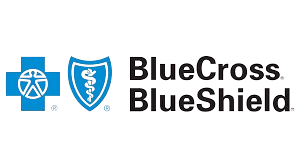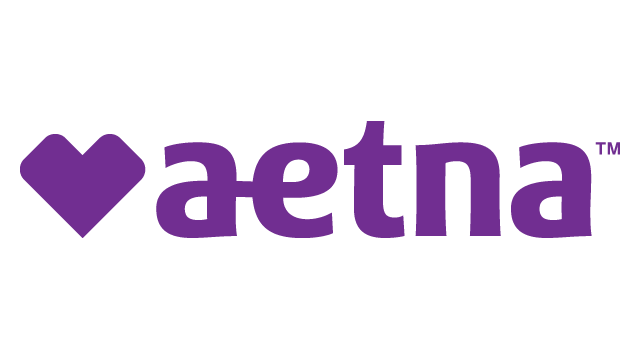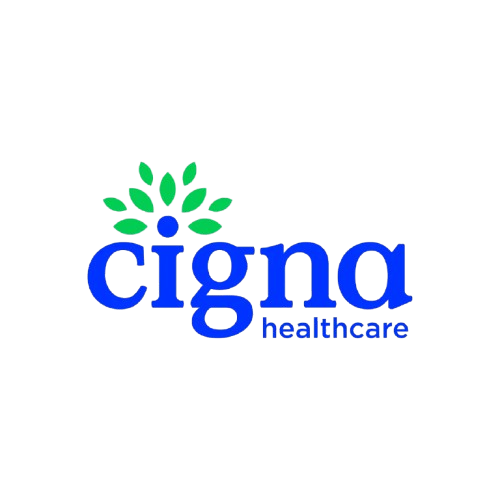HCPCS C7537 Fee Schedule
Healthcare providers use this code to document and receive reimbursement for visits that address moderate-level medical decision-making, often including multiple diagnoses or prescription management.
| Key Fact | Detail |
|---|---|
| Service Type | • Outpatient PPS • Miscellaneous Surgical Procedures |
| Complexity Level | Moderate |
National average reimbursement for HCPCS C7537 by major payers:

$375.16

$N/A

$30,860.88

$N/A
| Payer | Code | Rate | NPI | Tax ID | State | Specialty |
|---|---|---|---|---|---|---|
Select a payer to view fee schedule data Choose a payer from the options above to see rates for HCPCS C7537 | ||||||
United | C7537 | $4447.00 | 1275527889 - CANDLER HOSPITAL INCORPORATED | 580593388 - CANDLER HOSPITAL INCORPORATED | GA | General Acute Care Hospital (282N00000X) |
United | C7537 | $3100.00 | 1285688234 - FAIRVIEW PARK, LIMITED PARTNERSHIP, FAIRVIEW PARK HOSPITAL | 621817469 - (GA) FAIRVIEW PARK LIMITED PARTNERSHIP | GA | General Acute Care Hospital (282N00000X) |
United | C7537 | $3687.00 | 1720589328 - PIEDMONT WALTON HOSPITAL INC | 824194264 - (GA) PIEDMONT WALTON HOSPITAL INC | GA | General Acute Care Hospital (282N00000X) |
United | C7537 | $6575.00 | 1841701562 - NAVICENT HEALTH BALDWIN, INC, NAVICENT HEALTH BALDWIN | 823914925 - (GA) NAVICENT HEALTH BALDWIN | GA | General Acute Care Hospital (282N00000X) |
United | C7537 | $5204.00 | 1437135902 - AU MEDICAL CENTER, INC | 582144788 - (GA) AU MEDICAL CENTER INC | GA | General Acute Care Hospital (282N00000X) |
United | C7537 | $3100.00 | 1770575003 - MEADOWS REGIONAL MEDICAL CENTER INC | 852556972 | GA | General Acute Care Hospital (282N00000X) |
United | C7537 | $3487.00 | 1225034333 - PIEDMONT HENRY HOSPITAL, INC. | 582200195 - (GA) PIEDMONT HENRY HOSPITAL INC | GA | General Acute Care Hospital (282N00000X) |
United | C7537 | $3100.00 | 1922530468 - SOUTHEAST GEORGIA HEALTH SERVICES, L.L.C., MEMORIAL SATILLA HEALTH | 814223395 | GA | Rural Acute Care Hospital (282NR1301X) |
United | C7537 | $16885.00 | 1417554528 - KECK MEDICAL CENTER OF USC | 851644866 - (CA) KECK MEDICAL CENTER OF USC | CA | General Acute Care Hospital (282N00000X) |
United | C7537 | $1762.00 | 1043679327 - MARICOPA COUNTY SPECIAL HEALTH CARE DISTRICT, VALLEYWISE HEALTH | 860830701 | AZ | Adult Mental Health Clinic/Center (261QM0850X) |
United | C7537 | $1514.00 | 1629840137 - MARICOPA COUNTY SPECIAL HEALTH CARE DISTRICT, VALLEYWISE MOBILE HEALTH CLINIC | 860830701 | AZ | Federally Qualified Health Center (FQHC) (261QF0400X) |
United | C7537 | $3487.00 | 1003058728 - PIEDMONT HOSPITAL | 580566213 - (GA) PIEDMONT HEALTHCARE INC | GA | General Acute Care Hospital (282N00000X) |
United | C7537 | $3783.00 | 1437186111 - PIEDMONT ATHENS REGIONAL MEDICAL CENTER, INC. | 582179986 - (GA) PIEDMONT ATHENS REGIONAL MEDICAL CENTER INC | GA | General Acute Care Hospital (282N00000X) |
United | C7537 | $2592.00 | 1710139688 - GRADY HOSPITAL | 262037695 - GRADY MEMORIAL HOSPITAL CORPORATION | GA | General Acute Care Hospital (282N00000X) |
United | C7537 | $2911.00 | 1285663856 - ROCKDALE MEDICAL CENTER INC., ROCKDALE HOSPITAL | 300999841 - (GA) PIEDMONT ROCKDALE HOSPITAL INC | GA | General Acute Care Hospital (282N00000X) |
United | 99202 | $100.00 | 1234567890 | 1234567890 | CA | Cardiologist |
United | 99202 | $100.00 | 1234567890 | 1234567890 | CA | Cardiologist |
United | 99202 | $100.00 | 1234567890 | 1234567890 | CA | Cardiologist |
United | 99202 | $100.00 | 1234567890 | 1234567890 | CA | Cardiologist |
United | 99202 | $100.00 | 1234567890 | 1234567890 | CA | Cardiologist |
United | 99202 | $100.00 | 1234567890 | 1234567890 | CA | Cardiologist |
United | 99202 | $100.00 | 1234567890 | 1234567890 | CA | Cardiologist |
United | 99202 | $100.00 | 1234567890 | 1234567890 | CA | Cardiologist |
United | 99202 | $100.00 | 1234567890 | 1234567890 | CA | Cardiologist |
United | 99202 | $100.00 | 1234567890 | 1234567890 | CA | Cardiologist |
Want to see your competitors' rates?
Start your trial today to unlock complete access to provider rates and fee schedules in your area.
Here's what you can do with PayerPrice
Renegotiate your managed care contracts
Benchmark your current rates against market averages to identify opportunities for rate optimization.
Prospect for new business using fee schedules
Access every provider's negotiated rates for every billing code in your market to inform your prospecting strategies.
Integrate real-time payer data into your workflows
Automatically keep fee schedules up-to-date without adding yet another log-in to your insurance systems. Connect via API or SQL.
PayerPrice shows you the exact negotiated rates that insurers publish under federal transparency rules.
We display the raw data directly from insurers' files, giving you the same information they make public. Learn more about Price Transparency.
HCPCS C7537 vs. Other Miscellaneous Surgical Procedures Codes
The HCPCS C7537 code is part of the Outpatient PPS services used for Miscellaneous Surgical Procedures. It represents a moderate-complexity encounter and is one of several codes that vary based on time spent, level of medical decision-making, and documentation requirements.
The HCPCS C7537 code involves more provider time and moderate medical decision-making, unlike lower-level codes that require less time and simpler assessments. It typically includes multiple diagnoses, medication management, or test interpretation, leading to higher reimbursement and more detailed documentation requirements.
| Code | Complexity | Description |
|---|---|---|
| C7535-HCPCS | High | Revascularization, endovascular, open or percutaneous, femoral, popliteal artery(ies), unilateral, with transluminal stent placement(s), includes angioplasty within the same vessel, when performed, with intravascular ultrasound (initial noncoronary vessel) during diagnostic evaluation and/or therapeutic intervention, including radiological supervision and interpretation |
| C7537-HCPCS | Moderate | Insertion of new or replacement of permanent pacemaker with atrial transvenous electrode(s), with insertion of pacing electrode, cardiac venous system, for left ventricular pacing, at time of insertion of implantable debribrillator or pacemake pulse generator (eg, for upgrade to dual chamber system) |
| C7538-HCPCS | Moderate | Insertion of new or replacement of permanent pacemaker with ventricular transvenous electrode(s), with insertion of pacing electrode, cardiac venous system, for left ventricular pacing, at time of insertion of implantable defribrillator or pacemaker pulse generator (eg, for upgrade to dual chamber system) |
What is a fee schedule?
A fee schedule is a list of fixed prices that healthcare providers charge for specific services, including HCPCS C7537. These prices vary depending on payer type (Medicare, Medicaid, private insurance), geographic location, and provider contracts.
Understanding the C7537 fee schedule helps patients estimate costs and providers optimize billing for accurate reimbursements.
Factors that affect fee schedules
Medicare & Medicaid Rates
Government-set reimbursement amounts
Private Insurance Rates
Negotiated rates between providers and insurance companies
Geographic Location
Costs may be higher in urban areas.
Provider Type
Hospital providers may have different rates than private practice.
Let's review your payer contracts side-by-side with the market.
Bring your top codes (like HCPCS C7537) and we'll show you how you compare in 15 minutes or less.
